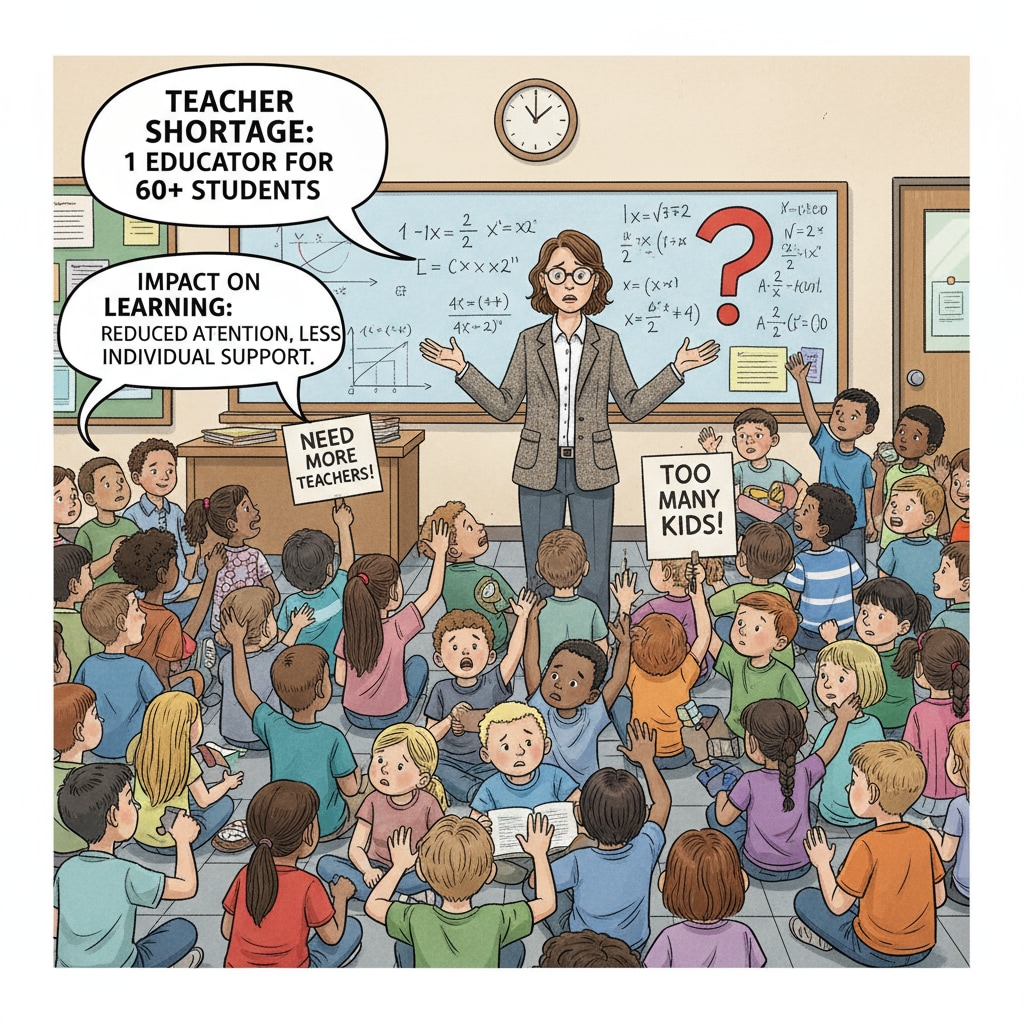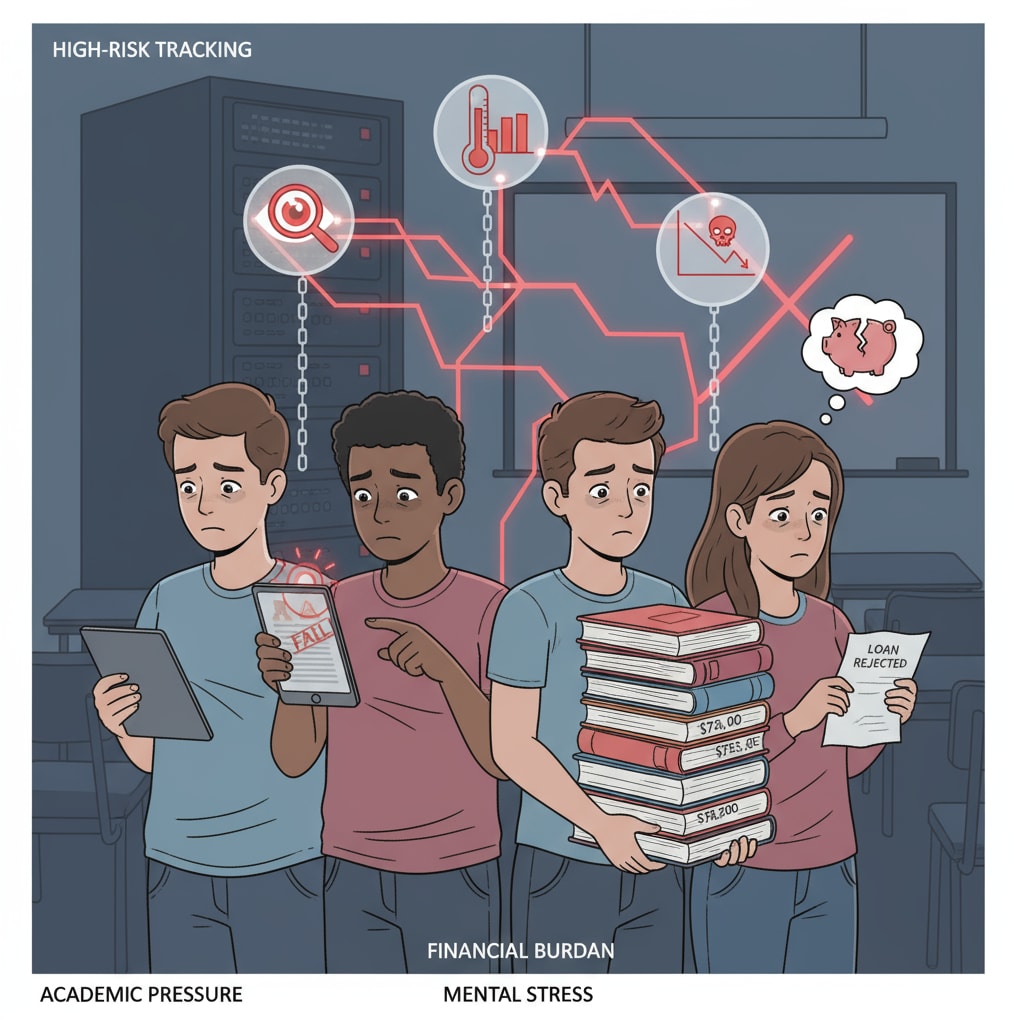In the landscape of education, the issues of teacher shortages, student tracking, and math education are intertwined in complex ways. The question of whether eliminating the high-risk student tracking system can serve as a solution to the growing teacher shortage has become a topic of intense debate.
The Current State of Teacher Shortages
Teacher shortages have become a widespread concern across educational institutions. According to National Center for Education Statistics, many schools are struggling to fill teaching positions, especially in subjects like math. This shortage has a significant impact on the quality of education students receive. With fewer teachers available, class sizes often increase, making it more challenging for educators to provide individualized attention. For example, in a math class with a large number of students, a teacher may find it difficult to address the specific learning needs of each student.

The Flaws of High-Risk Student Tracking
Student tracking, particularly the classification of high-risk students, has long been a part of the educational system. However, this system has several drawbacks. It often leads to stigmatization, where students labeled as high-risk may internalize this perception and lose confidence in their abilities. In math education, for instance, students who are placed in lower tracks may be discouraged from pursuing more advanced concepts. This not only affects their academic performance but also their overall attitude towards learning. Moreover, tracking can create educational inequalities, as students from disadvantaged backgrounds are more likely to be misclassified as high-risk. As a result, they may miss out on opportunities for a quality education.

Eliminating high-risk student tracking could potentially have a positive impact on teacher shortages. Without the need to manage and teach students based on these rigid classifications, teachers may have more flexibility in their teaching approaches. They can focus on providing a more inclusive and personalized education, which could in turn reduce teacher burnout. Additionally, it may attract more educators to the profession, as the teaching environment becomes more appealing. For example, teachers may be more willing to work in a system where they are not burdened by the constraints of tracking.
In conclusion, the relationship between teacher shortages, student tracking, and math education is complex. By rethinking and potentially eliminating high-risk student tracking, we may be able to take a significant step towards alleviating teacher shortages and creating a more equitable and effective educational system. It’s time for educators, policymakers, and stakeholders to come together and explore these alternatives for the betterment of our students.
Readability guidance: Using short paragraphs and lists helps summarize key points. Each H2 should ideally have a list. Controlling the passive voice and long sentence ratios, and adding transitional words (however, therefore, in addition, for example, as a result, etc.) throughout the text improves readability.


